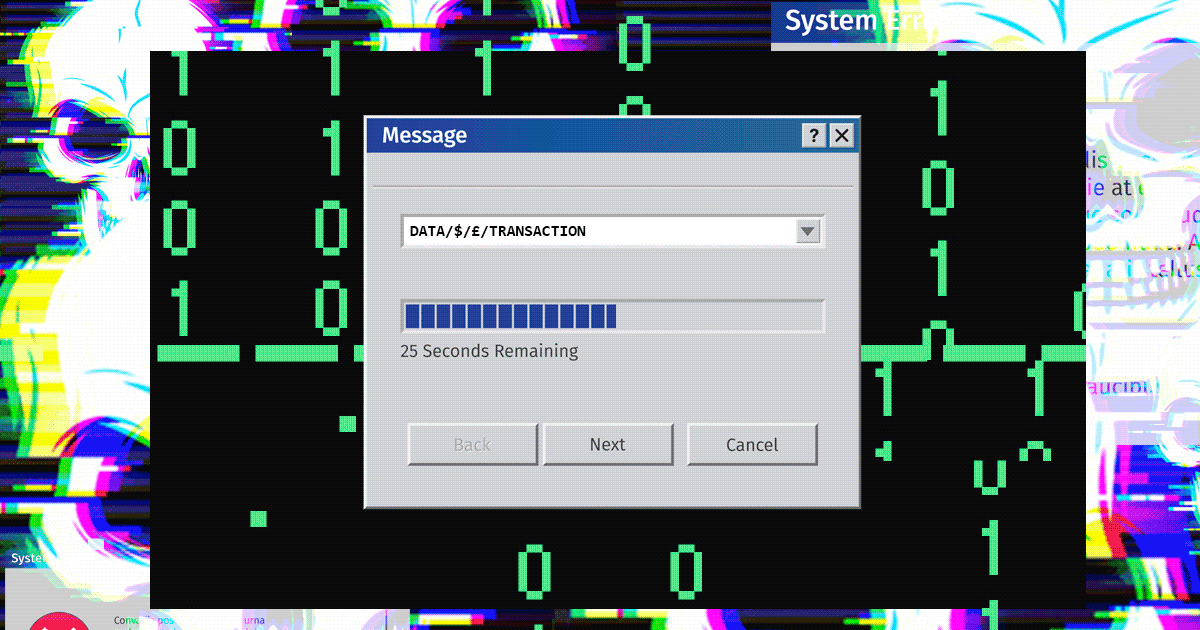Ericsson to partner with Verizon in $8.3 billion deal to expand 5G coverage
Ericsson, a Swedish telecom company with its North American headquarters in Plano, will partner with Verizon to expand its U.S. 5G network in a $8.3 billion deal announced Friday.
Under the five-year agreement, Verizon will utilize Ericsson’s different technology solutions to expand its ultra-wideband 5G coverage. This includes the Massive MIMO, Ericsson Spectrum Sharing and the Ericsson Cloud Radio Access Network.
The deal is the single largest in Ericsson’s history, which stretches back to 1876.
“This is a significant strategic partnership for both companies, and what we’re most excited about is bringing the benefits of 5G to U.S. consumers, enterprises and the public sector,” said Niklas Heuveldop, president and head of Ericsson North America.
Ericsson and Verizon have a long track record of partnering together. In 2020, Verizon became the first communications service provider to receive a commercial 5G base station from the Ericsson smart factory in Lewisville.
Verizon wants to rapidly expand its 5G network as it competes with AT&T and T-Mobile to grant its customers reliable 5G access. The company pledged over $45.5 billion in a C-band auction that closed in February to secure more mid-band spectrum coverage.
“5G is really going to change the future,” said Karen Schulz, who works in global network and technology communications for Verizon. “The fundamental capabilities of 5G will usher in applications and innovations that we’ve never seen before.”
5G has the potential to enhance apps and technologies like augmented reality and the Internet of Things, Schulz said.
In Texas, Verizon users are connected to 5G over 12% of the time, while T-Mobile users are connected 40% of the time and AT&T users are connected over 26% of the time, according to the latest 5G User Experience Report by Opensignal. Nationally, Verizon users are connected to 5G over 10% of the time.
As 5G expands in Texas, businesses are most likely to initially see the largest changes in coverage because they can tap into the network’s full capabilities, said Ram Dantu, director of the Center for Information and Cyber Security at the University of North Texas.
“Consumers may not be able to see the…
